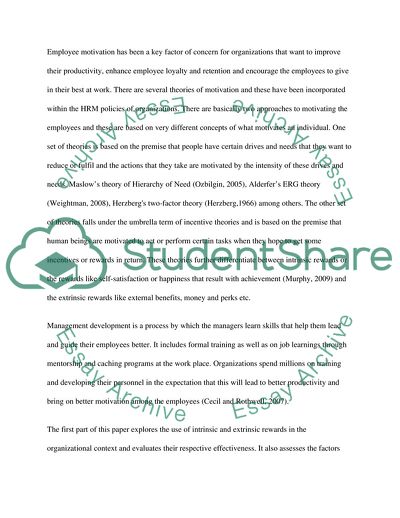Cite this document
(Reward Strategy and Management Development Report - 1, n.d.)
Reward Strategy and Management Development Report - 1. https://studentshare.org/human-resources/1745165-human-resources-management
Reward Strategy and Management Development Report - 1. https://studentshare.org/human-resources/1745165-human-resources-management
(Reward Strategy and Management Development Report - 1)
Reward Strategy and Management Development Report - 1. https://studentshare.org/human-resources/1745165-human-resources-management.
Reward Strategy and Management Development Report - 1. https://studentshare.org/human-resources/1745165-human-resources-management.
“Reward Strategy and Management Development Report - 1”. https://studentshare.org/human-resources/1745165-human-resources-management.


